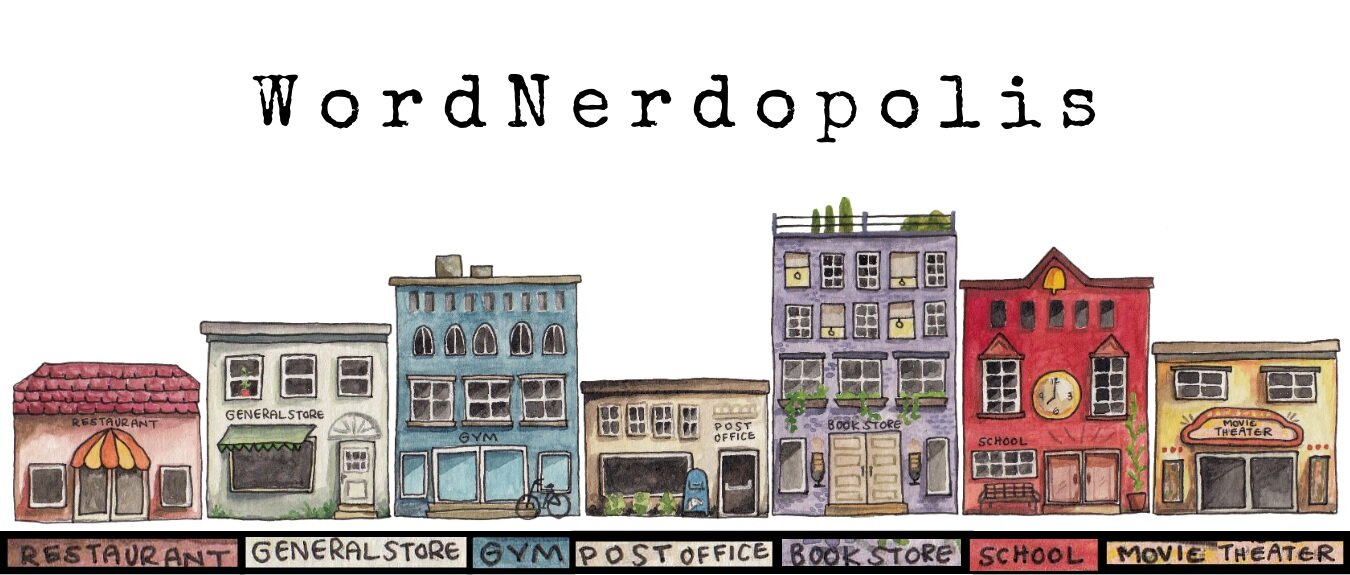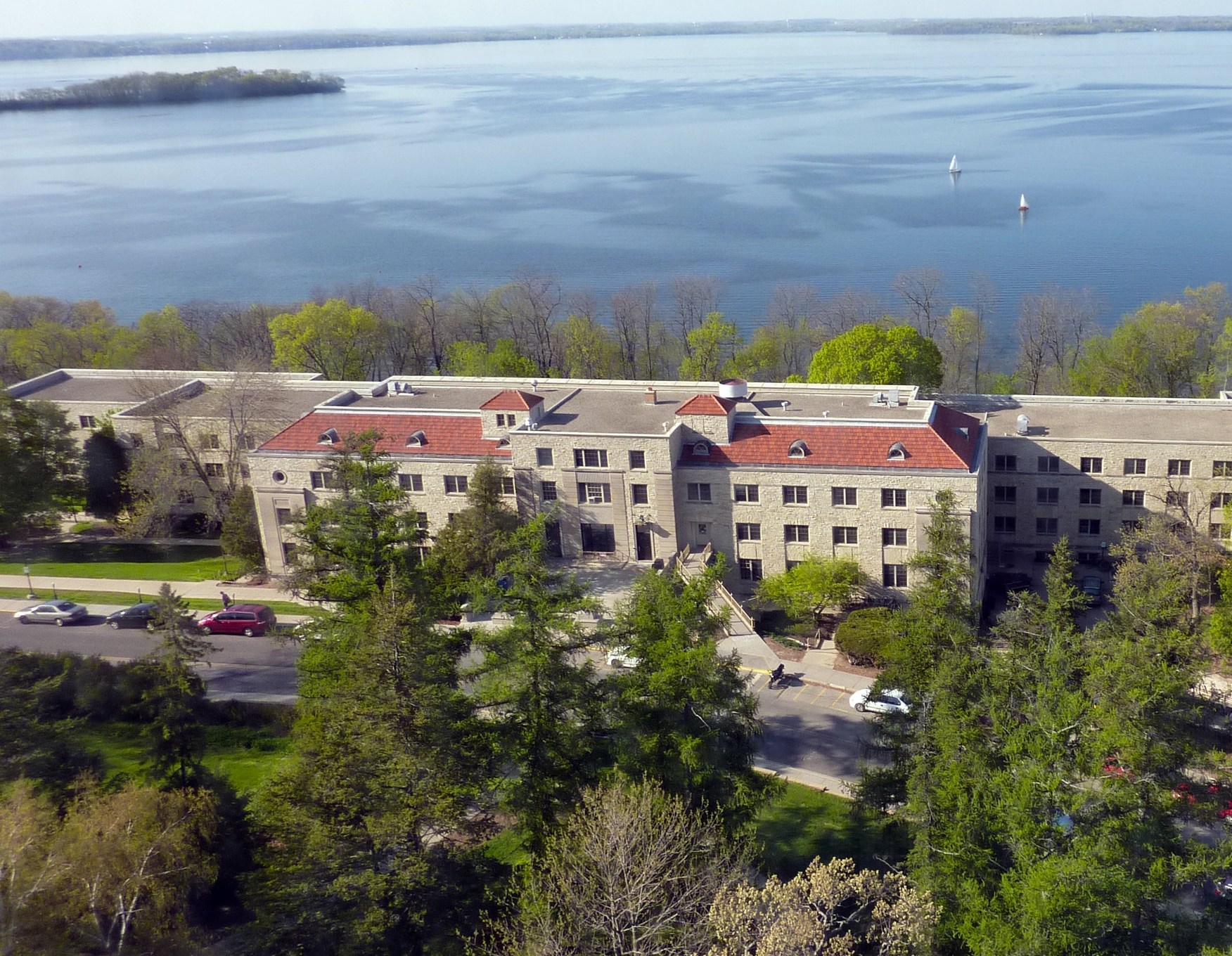Behind the Scenes of a Story Setting
One of my favorite story elements is setting. Even though I don’t get to travel much in real life (it’s not really in the teacher-write budget!). Or maybe BECAUSE I don’t get to travel much in real life… I LOVE reading about far away places. And far away times too.
This summer I read a book about a place not-so-far from home, Madison, Wisconsin, more specifically, the campus of the University of Wisconsin Madison. And even though I’d been there many times (Go Bucky!), author Angie Stanton made it feel alive in a whole new way.
In her book, Waking in Time, Angie tells the story of Abbi, a college freshman who quickly finds herself traveling backward in time. Unable to figure out why or how she travels, Abbi is thrust backward decades at a time with only her knowledge of campus architecture and fashion trends as markers in history. When she becomes her deceased grandmother’s roommate and best friend, and falls in love with a mysterious boy, her desire to figure things out kicks into high gear.
I had chance to ask Angie a few questions about her award-winning book. See what this Wisconsin author has to say about her writing process, intriguing research and more in the interview below.
Waking in Time is a mash up of historical fiction and science fiction? How did you arrive at this genre? Were you nervous about writing a story that crossed genres?
I arrived in this place by accident. Truly. I don’t have a grand plan when it comes to my books. I write the story that my heart wants to tell. The fact that time travel happens to be considered the sci-fi or fantasy genre by some didn’t concern me. I wouldn’t consider it historical fiction either, but perhaps it is. The story has a very contemporary feel to it despite the fact the character travels back in time.
Did you attend UW Madison? How did your personal experiences at college influence the story? If you didn't go to college at UW Madison, why did you decide to place your story there?
I did attend the UW Madison, but not as a traditional student who lived in the dorms. My college education started at a tech school with an associate’s degree. After working a few years, I decided to go back to school, but by then I was older and commuted to campus every day. My experiences were quite different than Abbi’s. However, I did have a class in the large auditorium in Bascom Hall.
I placed the story on the UW campus because of its long history. Many of the buildings date back more than 100 years, so as much as things have changed over the years, they’ve also stayed the same.
The college campus almost seems like a character in and of itself. What steps did you take in your writing process to make the presence of UW so strong?
There were a few spots on campus that I wanted the reader to really know and feel. Those included the Union Terrace, Liz Waters dorm, and Picnic Point. Crucial parts of the story happen in each of these locations. While I’ve spent a lot of time on campus over the years, mostly when we go to the terrace in summer to enjoy the lake, live music and libations, I did take a couple of “research” trips to Picnic Point and Liz Waters. I interviewed one of the resident managers at Liz Waters and took a ton of pictures of the iconic building. You can see some of these on my website.
What tips do you have for authors who want to maximize the story element of setting in their writing?
Because Abbi was alone without friends or confidants throughout much of her journey, I needed to use setting, fashion, and trends of each time to bring the story alive. My advice would be to immerse your character in their world, not just by description, but also weaving emotion and conflict into the setting. It almost has to be like another living breathing character.
The relationship between your main character and her grandmother is so special. It was easy for me to relate because I often felt like my grandma was one of my best friends. Was this built on a personal experience?
It actually wasn’t. I adored my grandmother (she lived to 102!) but I only saw her a couple of times a year. I’m glad you were able to relate to their close relationship of Abbi and her grandmother. It was pretty special to me too.
The fashion trends throughout the story were some of my favorite details. It was a brilliant way of showcasing the passing time. Describe your thought process and research process for including these iconic story details. (Bonus question, if you had to wear the fashion from one of the time periods featured in your book, which decade/style would you pick?)
I’m not a big fashionista, so other than the eighties, which I lived, there was a great deal of research involved. While Google played a major part, I also went to the Wisconsin Historical Society and met with the curator of costumes and textiles. She was able to show me actual clothing from various eras. She also suggested I look at old Sears and Roebuck catalogs from the eras I was working on. That was most helpful of all.
If I were to pick an era of favorite fashion, it would definitely be the 1930s. The dresses were flattering and stylish. There were beautiful hats and gloves. The shoes were heels yet practical and comfortable. Even in old farm photos, the woman wore their chunky heeled shoes on a daily basis.
5 women listen to records in Liz Waters dorm in 1930. For more information about this image, contact the University of Wisconsin Madison Archives at uwarchiv@library.wisc.edu.
What are you working on next?
Next up is the story of a girl who discovers she was stolen at birth, which I’m really excited about.
To find out more behind the scenes information and inspiration for Waking in Time, visit Angie’s website. Once there, feel free to browse the rest of the site and check out what other great reads she has lined up for you. Personally, I think I’m adding Royally Lost to the top of my: To Read Pile.






